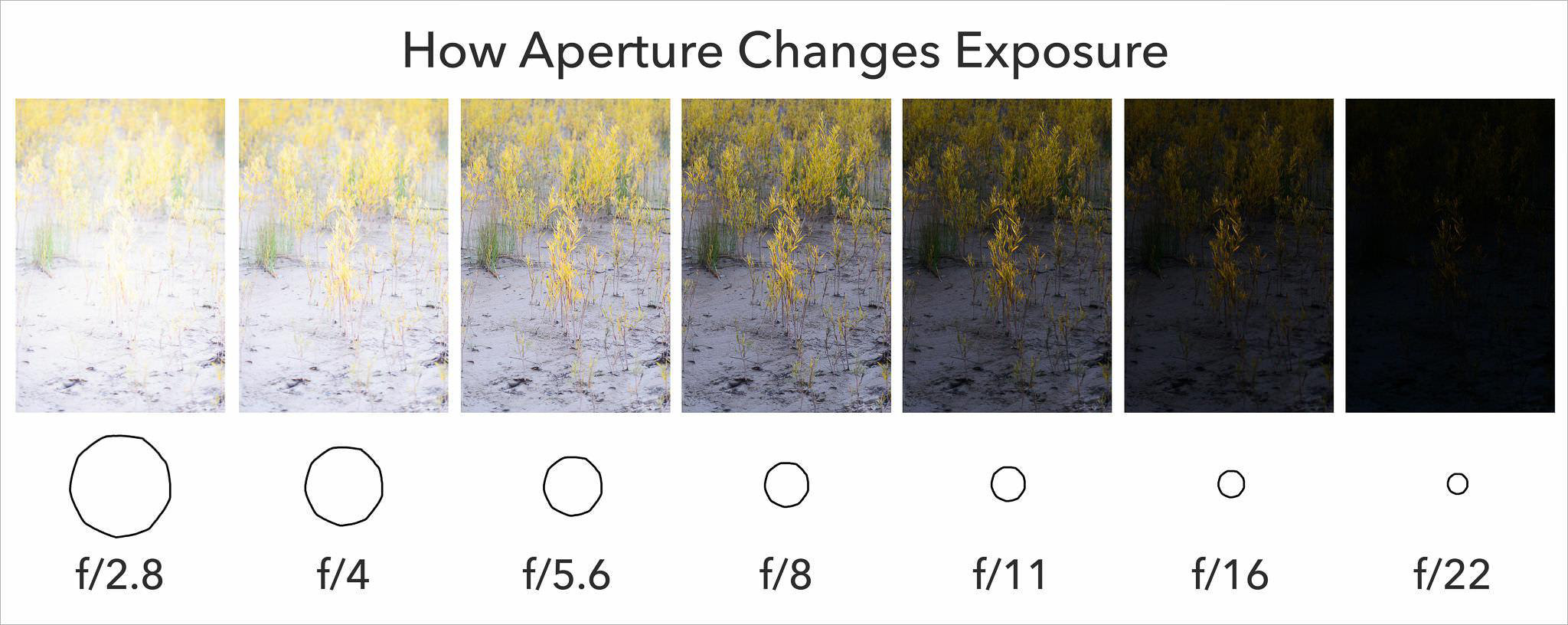

Small f-number (Wide Aperture) = Small area 0f Focus or Shallow DoFīig f-number (Narrow Aperture) = Large area of Focus or Deep DoF Trade-Off: Exposure vs. Understanding and remembering the depth of field that f/stops values produce is confusing. On the other hand, landscape photographers typically use a deep depth of field so that most of their image remains sharp and in focus. Portrait photographers typically use a shallow depth of field to keep their subject in focus and blur out any distracting elements in the background. With a deep depth of depth of field most or all of your image will be in sharp focus. Using large f/stops or narrow apertures will give you a deep depth of field. With a shallow depth of field, only a portion of your image will be in sharp focus. Using a small f/stop or wide aperture will give you a shallow depth of field. More precisely, it is the area between the nearest and farthest part of the image that appears in sharp detail. The depth of field determines how much of your image will be in focus. Other than controlling the amount of light that enters your camera, your f/stop also controls the depth of field (DoF). This is extremely useful when setting your f/stop values and trying to find the proper exposure.
F STOP APERTURE FULL
Understanding how many f/stops values you need to skip before you have increased your f/stop by 1 full stop is important. After the second 1/3 stop, the pattern repeats. The pattern is 1 stop, 1/3 stop, 1/2 stop, 1/3 stop. When adjusting your f/stop, you will find that there is a pattern to f/stop values. Remembering which values are full stops will help you determine if other stops are 1/2 or 1/3 stop adjustments. These are the intervals that digital cameras allow you to change your f/stop value.Įach interval adjusts the f/stop value by a different amount. In the chart below, you can see that there are three columns: full stop, 1/2 stop, and 1/3 stop. This can be overwhelming if you don’t understand what they mean. F/stop Values: Full Stop, 1/2 Stop, and 1/3 Stopĭigital cameras have many f/stop values to choose from. Likewise, smaller f/stops have larger aperture diameters and less more light into your camera. This shows that larger f/stop have smaller aperture diameters and let less light into your camera. To show this, let’s say you change your f/stop to f/11. This means the larger your f/stop, the smaller your aperture diameter. What this formula shows is that there is an inverse relationship between aperture diameter and the f-stop value. If you calculate the aperture diameter, you’ll arrive at 17.5mm. Suppose you are using a 70mm lens, and you set your aperture to f/4. Using this formula, you can calculate how large your aperture diameter is for a given f/stop value. Where f is the focal length, and n is the aperture diameter. More technically, it is known as the focal ration.

There is a calculation that you can use to help you understand f/stop and aperture.į/stops are how apertures sizes are measured. While larger f/stops represent smaller aperture openings and let in less light. Smaller f/stops represent larger aperture openings and let in more light. Larger apertures allow more light into the camera.Ĭonversely, small apertures allow less light into the camera.į/stop is the value associated with specific aperture size.Įach time you adjust the size of your aperture, there is a corresponding f/stop value.į/stops values are standardized, and each value represents a specific size of the aperture.Īs a result, regardless of the lens you are using, your f/stop values will always let in the same amount of light and represent the same aperture size. The size of the aperture controls the amount of light that reaches the sensor. If you look directly into your lens, you can see your aperture. You are probably wondering what’s the difference and how are they related?īefore we begin aperture and f/stop, go hand in hand.įirst, the aperture is the opening inside your camera lens. If you are new to photography, you’ve probably heard f/stop and aperture thrown around quite often. F/stop Values: Full Stop, 1/2 Stop, and 1/3 Stopį/Stop Chart Aperture and F/stop Cheat Sheet What are F/stop and Aperture?.


 0 kommentar(er)
0 kommentar(er)
